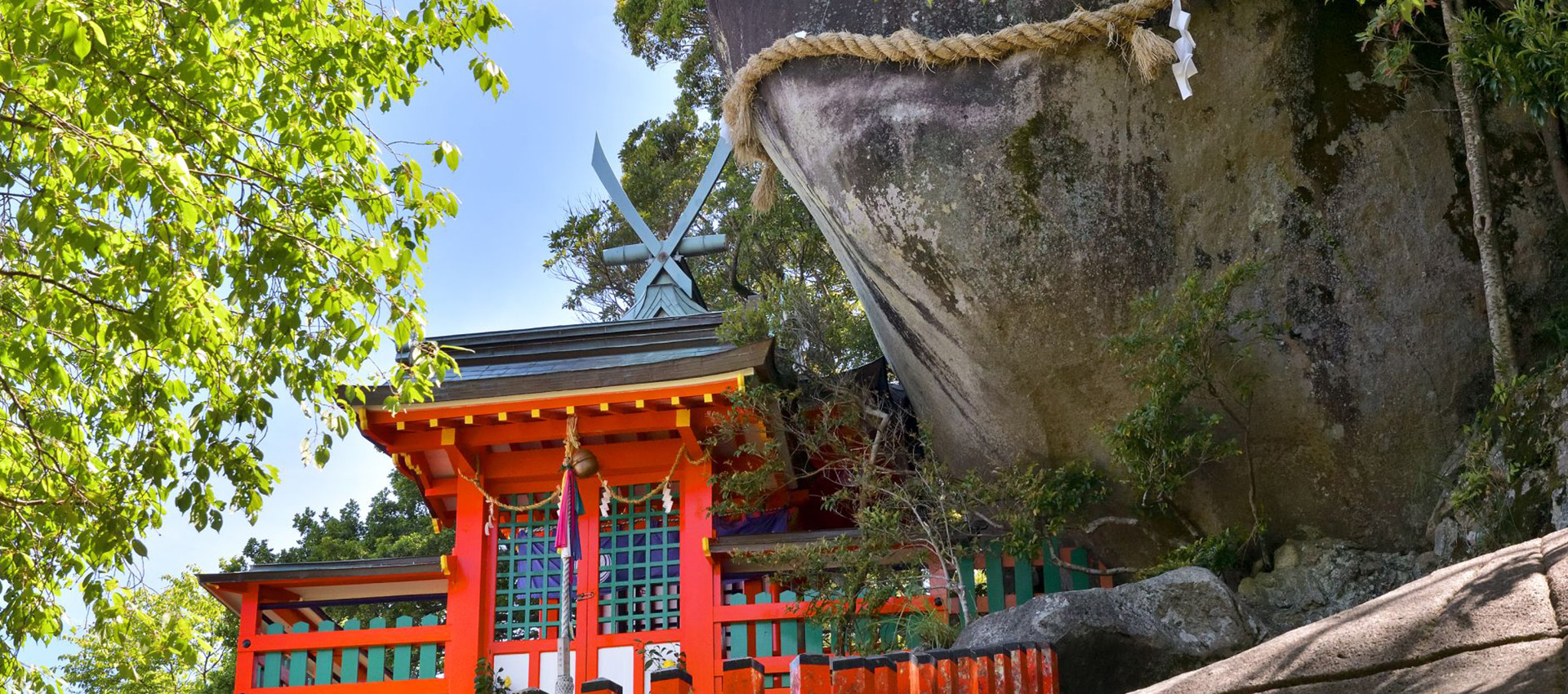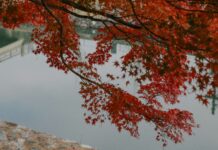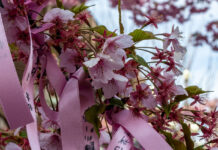Japanese regard the sea, the mountains, the forest, and natural landmarks as places where the kami reside. In ancient times, these were regarded as sacred places, without the need for special buildings, as the kami were believed to exist everywhere. Later, dwellings were built for the kami in the forests — structures to be renewed in perpetuity where rituals could be conducted. This is the origin of the shrines, known as jinja.
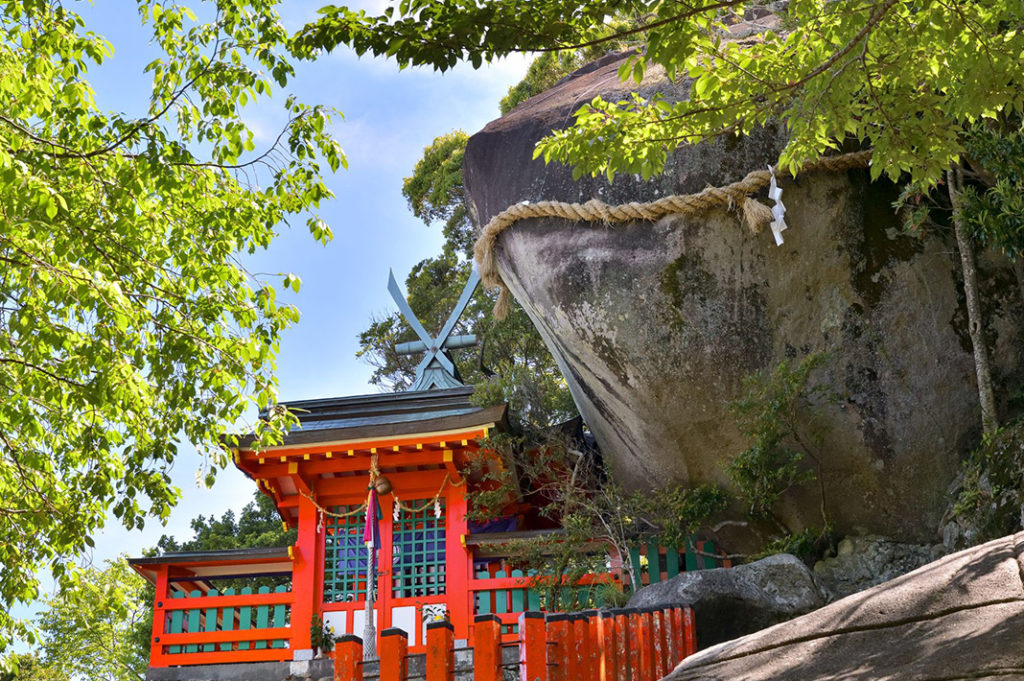
Jinja are sacred places and are always kept clean and pure. Often surrounded by trees, jinja are infused with the divine energy of nature. They are places to worship but also places to relax.
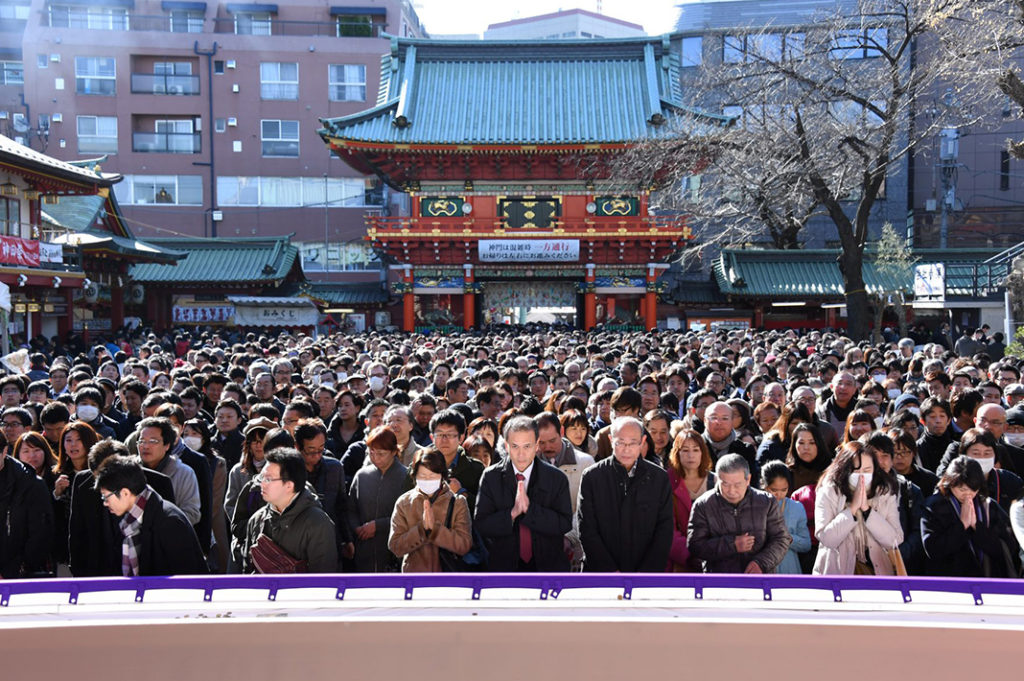
Visiting a jinja, we feel physically and spiritually rejuvenated. Jinja are special spaces for us to reflect on ourselves and express our gratitude to the kami.
(You can read the full article via this link. This article was first published on October 30 2019 on JAPAN Forward, who aim to reveal the true face of Japan to the English speaking world in areas ranging from politics to sports and pop culture.)
Read more about our favourite temples and shrines here and more about Japanese culture here.



